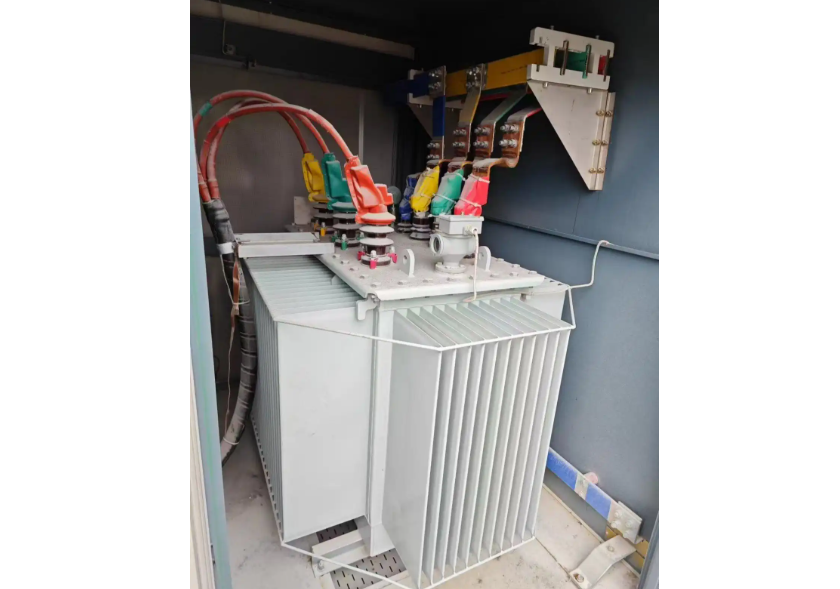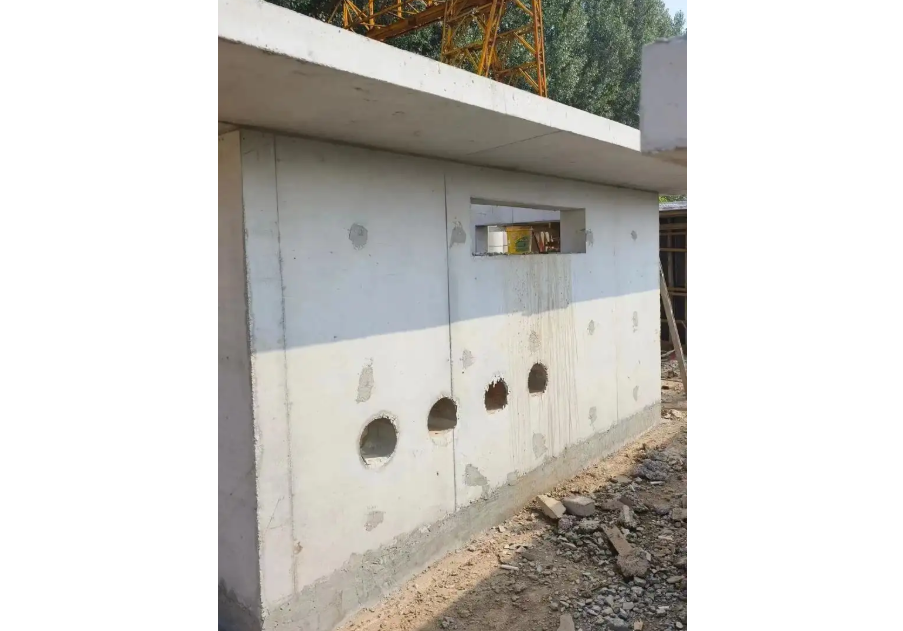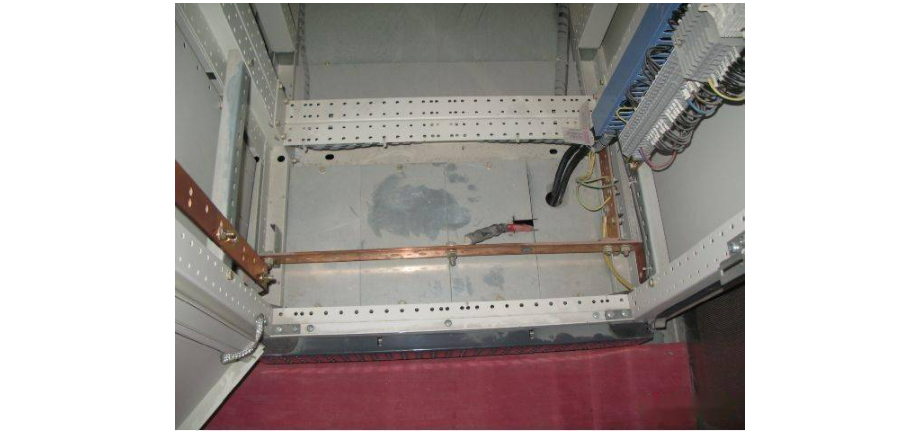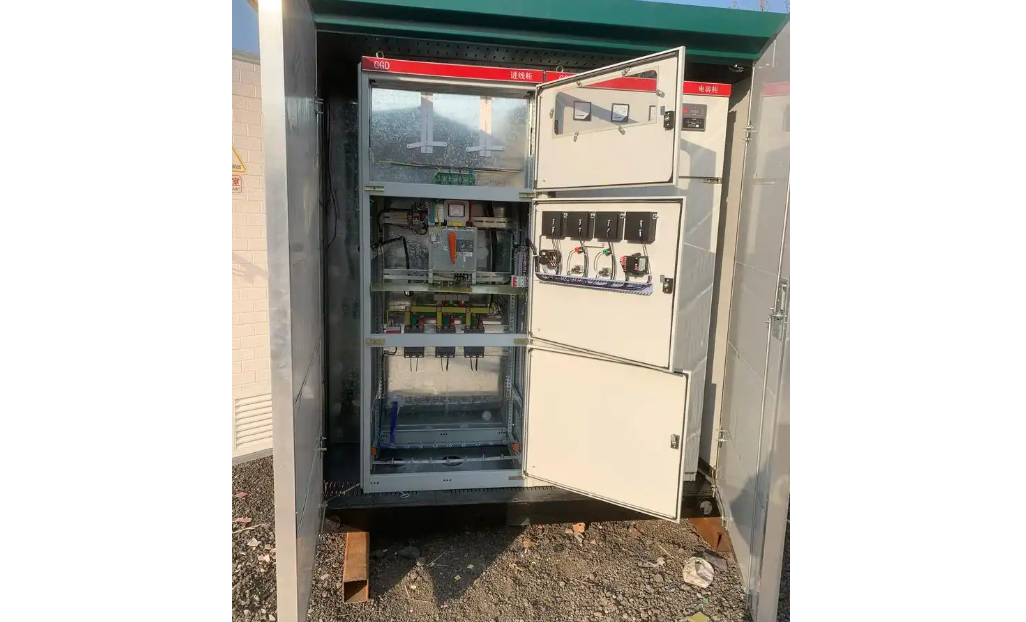Installation Construction Procedure for Pad-Mounted Transformers
James
06/16/2025

Professionalism builds strength. As an expert in the installation and operation of electrical equipment, I am proficient in the installation process and strictly adhere to standards. I skillfully master the operation essentials and can swiftly eliminate faults. With a heart that constantly explores new knowledge, I illuminate the path to the efficient operation of electrical equipment.
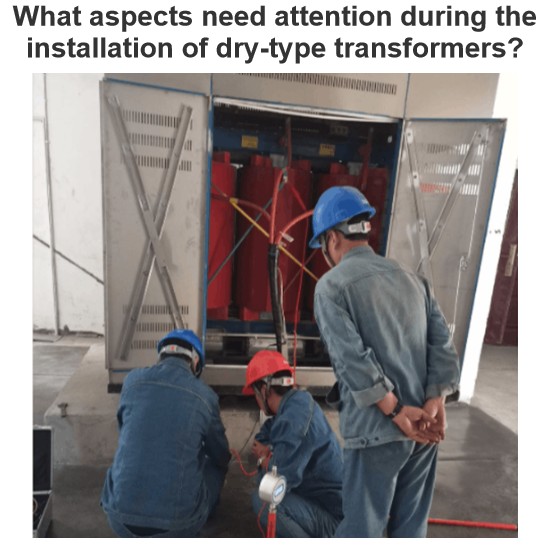
What aspects need attention during the installation of dry-type transformers?
1 Pre - installation PreparationAs a front - line installer, I know very well that the preparation work before installing a dry - type transformer must be thorough. First, I will carefully review the design drawings and technical documents, and check one by one the technical parameters such as the model specification, rated capacity, and voltage level of the transformer to ensure they are in full compliance with the design requirements. Then, I will conduct an unpacking inspection of the transfo
James
07/01/2025
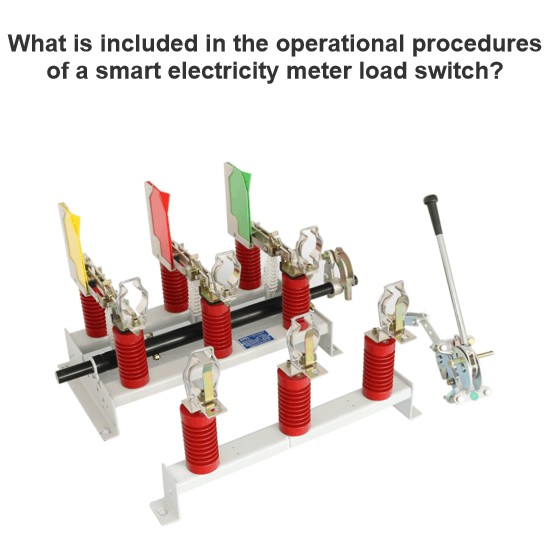
What is included in the operational procedures of a smart electricity meter load switch?
As a frontline operator who deals with smart electricity meters daily, I’m well - versed in the design and operational norms of load switches (both internal and external) in these meters. Below, I’ll break down the technical requirements and practical key points based on my on - site experience for easy reference.I. Basic Understanding of Internal and External Load SwitchesIn the type specifications for single - phase and three - phase smart electricity meters (such as environmental
James
06/28/2025
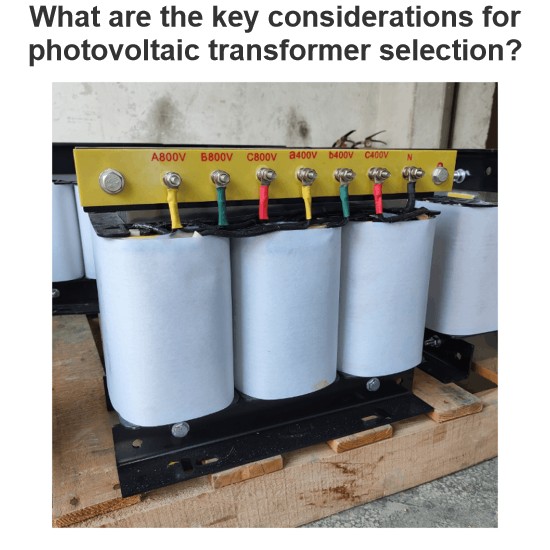
What are the key considerations for photovoltaic transformer selection?
Sizing Principles and Technical Parameters of Photovoltaic TransformersSizing photovoltaic transformers requires a comprehensive consideration of multiple factors, includingcapacity matching, voltage ratio selection, short - circuit impedance setting, insulation class determination, and thermal design optimization. The key sizing principles are as follows:(I) Capacity Matching: Fundamental for Load BearingCapacity matching is thecore prerequisitein sizing photovoltaic transformers. It requires a
Echo
06/27/2025
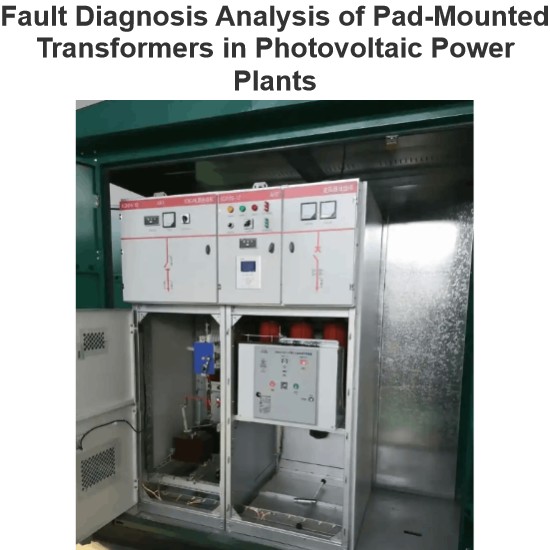
Fault Diagnosis Analysis of Pad-Mounted Transformers in Photovoltaic Power Plants
IntroductionAs the scale of photovoltaic power stations continues to expand, pad - mounted transformers, as one of the key equipment, have a profound impact on the operation of the system when they fail. This paper focuses on using advanced artificial intelligence algorithms and integrating data analysis technology to improve the accuracy and efficiency of fault diagnosis for pad - mounted transformers in photovoltaic power stations, and to build a solid technical foundation for the safe and sta
Felix Spark
06/17/2025

